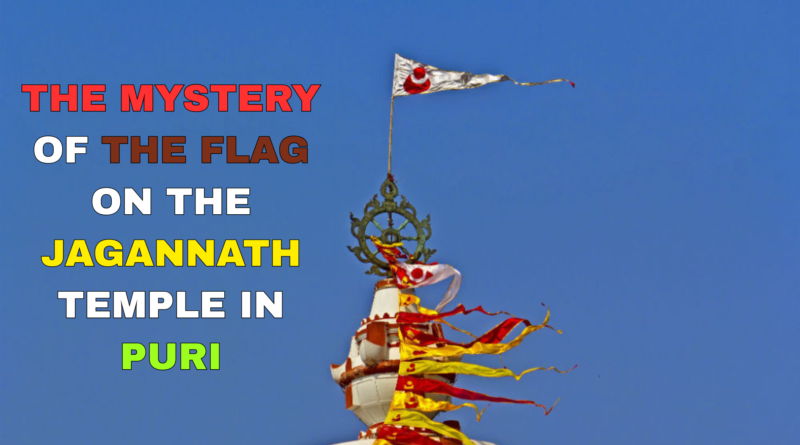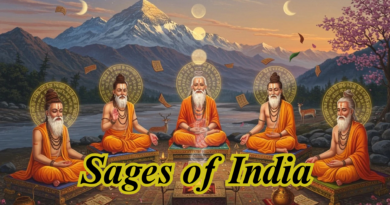THE MYSTERY OF THE FLAG ON THE JAGANNATH TEMPLE IN PURI
The Jagannath Temple in Puri, Odisha, is not just one of the most sacred pilgrimage sites in India, but also a place where numerous mysteries defy logical explanations. Among these wonders, the most discussed phenomenon is the temple flag that appears to fly against the wind. For centuries, this unusual behavior has intrigued devotees, scientists, and travelers alike, prompting a mix of spiritual beliefs and scientific inquiry.
According to the devotees of Lord Jagannath, the flag’s behavior is seen as a divine act, symbolizing the supernatural presence of the deity. Many believe that it’s a reminder that the Lord’s power can transcend the laws of nature. This spiritual explanation adds to the religious significance of the temple and strengthens the faith of the millions who visit Puri every year during the Rath Yatra and other auspicious days.
From a scientific perspective, one theory attributes the flag’s movement to complex wind patterns created by the architecture of the temple itself. The structure of the temple, with its height and specific angles, may redirect airflow in such a way that it creates an illusion of the flag flying against the wind. Wind turbulence and local air vortexes can cause the flag to move in ways that seem to contradict common expectations.
Interestingly, the flag on top of the Jagannath Temple is changed every single day — a tradition that has remained unbroken for centuries. A priest climbs the temple, which is about 215 feet tall, without any safety gear and replaces the flag by hand. This act itself is considered sacred, and it is believed that if the flag is not changed for a single day, the temple would shut down for 18 years — a belief that has fueled religious discipline and consistency.
Another widely held belief among the locals is that the flag’s motion is a sign of Lord Jagannath’s direct communication with his devotees. Since the temple faces the Bay of Bengal, many assume sea breezes dominate the air currents. However, even when wind direction changes, the flag appears to resist the natural flow, leading people to believe in its divine governance.
Apart from the flag, the temple is home to several other unexplained phenomena. For instance, the temple’s main dome casts no shadow at any time of the day. Similarly, despite being close to the sea, the sound of the waves mysteriously disappears once you enter the temple’s inner complex. These occurrences have only deepened the aura of mystery surrounding the flag.
Cultural historians suggest that these mysteries were intentionally incorporated into the temple’s design by ancient architects, known as the Vishwakarma Shilpis. The flag’s behavior, while difficult to fully explain, might have symbolic meanings tied to ancient Hindu cosmology, such as the idea that divinity functions independently of material laws and logic.
The temple’s flag itself is a spiritual symbol. It is triangular, made of cloth, and contains sacred motifs and colors. The act of hoisting the flag is not just a daily ritual but a representation of maintaining cosmic order. It serves as a spiritual beacon for devotees, signaling that the Lord is watching over them and protecting the universe.
Another interesting point is that the Sudarshan Chakra atop the temple, made of an eight-metal alloy, always faces you no matter where you stand. Combined with the flag flying in reverse, this optical illusion further reinforces the belief that the temple operates under divine principles, not earthly physics.
Tourists and scientists from all over the world have attempted to capture and study the flag’s unique behavior. Drone footage, weather modeling, and other advanced techniques have been used, but no concrete scientific explanation has yet satisfied the broader public. The flag’s defiance of wind remains a topic of wonder and admiration.
In conclusion, the mystery of the flag flying against the wind at the Jagannath Temple is a blend of faith, physics, and philosophy. Whether one views it through the lens of devotion or science, it remains one of India’s most iconic and enduring mysteries. Its symbolism reminds believers that the divine often works in ways beyond human understanding.




